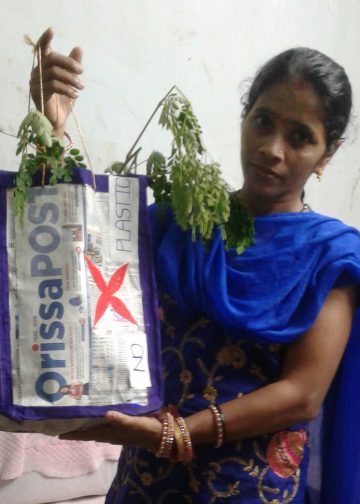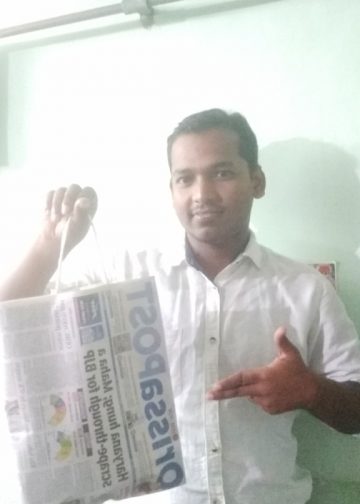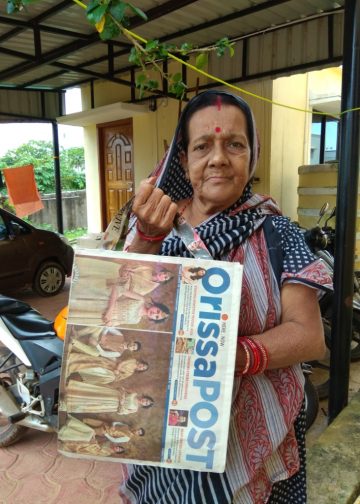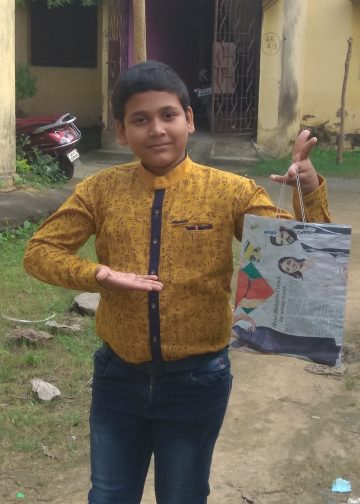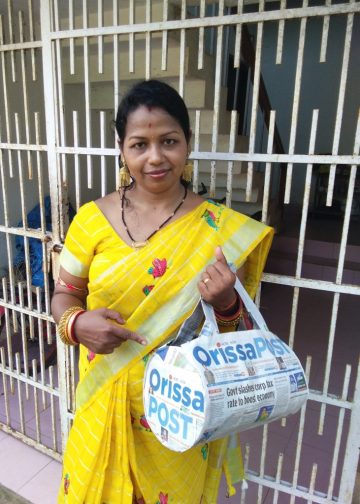India as a nation adopted democracy as its creed, along with secularism, when it gained Independence from the British Raj and set about handing the nation’s affairs on its own. That was, since one midnight 70 years ago. It is worth a close look at how slogans have or have not translated themselves into action.
Proof is one too many, but the latest is this: Some five women die in India every hour from complications developed during childbirth. One of the major reasons cited for this is heavy blood loss caused by haemorrhage or rupture to blood tissues leading to heavy bleeding. It means that nearly 50,000 mothers on the delivery table (or floor) die every year in this manner alone due to lack of medical attention.The information comes from World Health Organisation (WHO) but even otherwise, one need not be surprised with such a finding.
India’s public health system is among the most ailing sectors in the country, and for many years. Apart from mothers dying during delivery, there are other figures relating to child birth and growth that are stark as well. For one, the child mortality rate in this country is the highest in the world, putting India on top of a world chart, for a change.
Figures say nearly 2 million children under the age of five die every year here. The government has been turning a Nelson’s Eye to such problems. This is evident from the fact that the annual rate of decline in child mortality for nearly a two-decade period from 1990 up to 2008, was just about 2.25 per cent — much less than even the rate of migration of people from rural areas to cities.
In other words, no meaningful action comes to stem the tide of a disaster. In fact, India was among those who have miserably failed to achieve the UN’s Millennium Development Goal (MDG) to bring down under-five mortality rate by two-thirds — between the launch of the efforts in 1990 and targeted year of 2015 — a 25-year-period. That is a quarter of a century! Some seriousness down the line could have borne fruit.
And, not that this was a gargantuan task. As many as 62 countries around the world achieved this target with ease. That includes neighbouring Nepal and Bangladesh as well. India shares the worst-five list with countries like Nigeria, Republic of Congo and Ethiopia. Just last year, India recorded 20 per cent of the five million global child deaths. This, however, does not prevent Prime Minister Narendra Damodardass Modi to go around the world and talk big about India.
As per the latest WHO report, on death of women during delivery, India accounts for 17 per cent of the deaths of women due to delivery complication or lack of medical attention. The world health monitor has stressed that these are preventable deaths. Mothers dying during child birth leaves the newborn in the worst plight.
Newborns dying and the mother surviving, in other cases, are common too due to lack of medical attention. A mother nurturing a new life within her body and waiting with expectation for as high as nine months, only to end up either dying herself or losing the baby, or both dying, is a tragedy of immense proportions.
There is abject neglect on the part of governments on the public health front. These past decades could be marked as periods of criminal neglect. Providing better health facilities to the poor does not necessarily fetch money but the doctors and nursing staff at government hospitals could win adulation and walk away with the credit. Sadly, we do not possess the culture of work satisfaction.
This has become a nation whose social character has become one of plunder and loot. These traits are visible in our health care facilities. The rot is not limited to government hospitals alone. Corporate culture may be worse.





